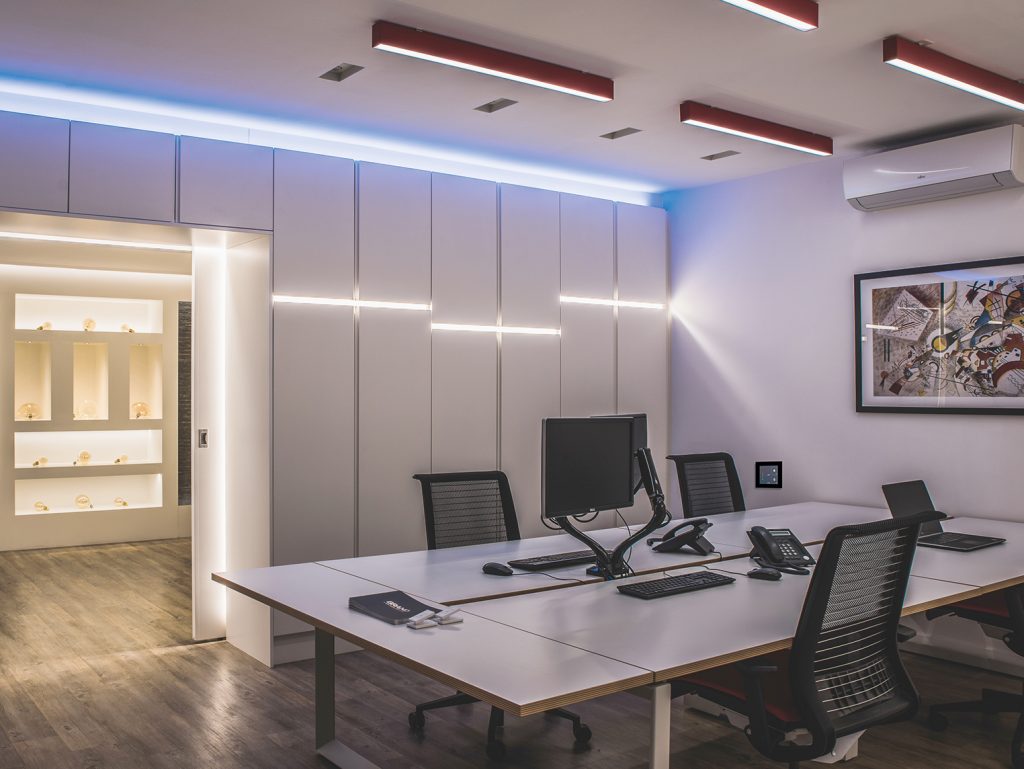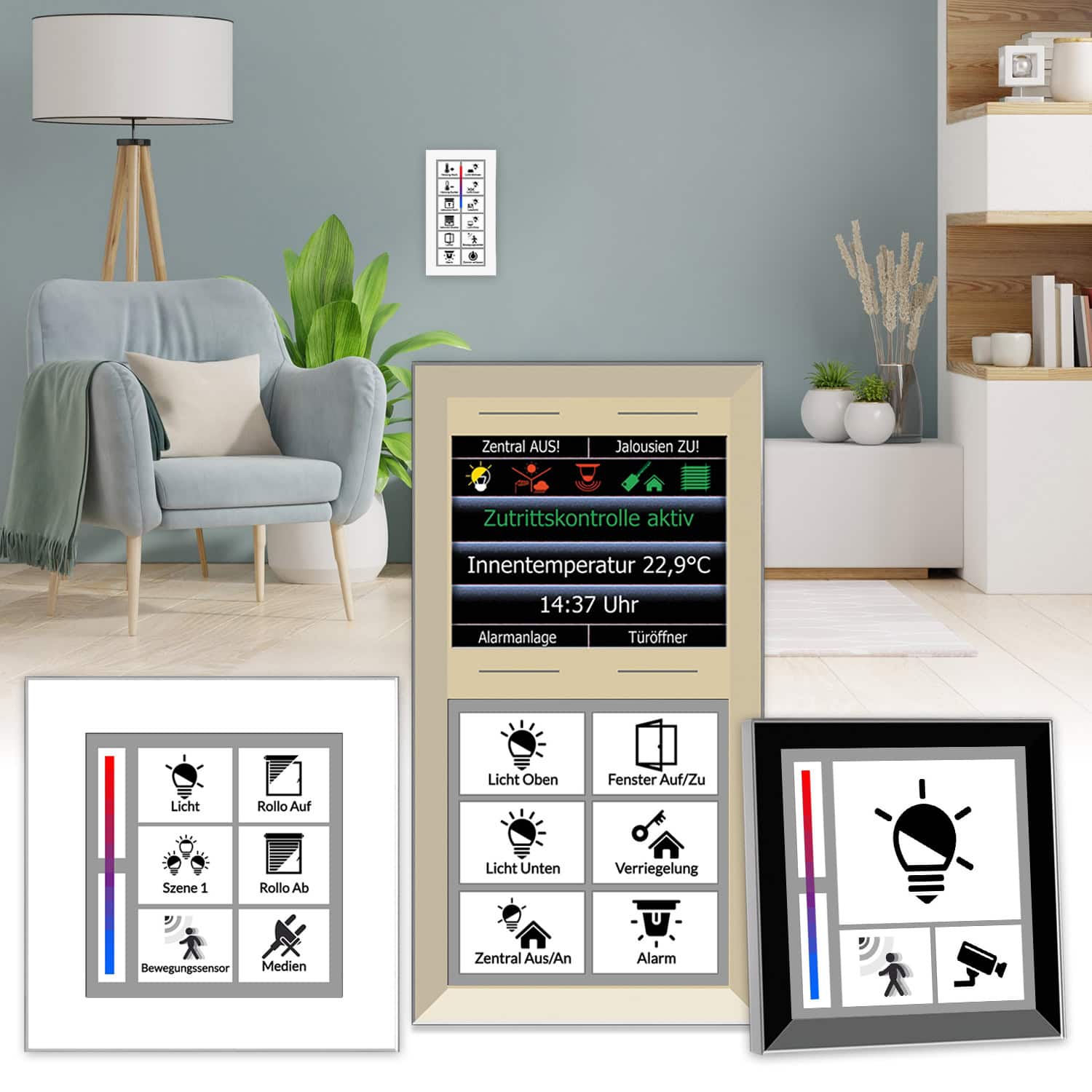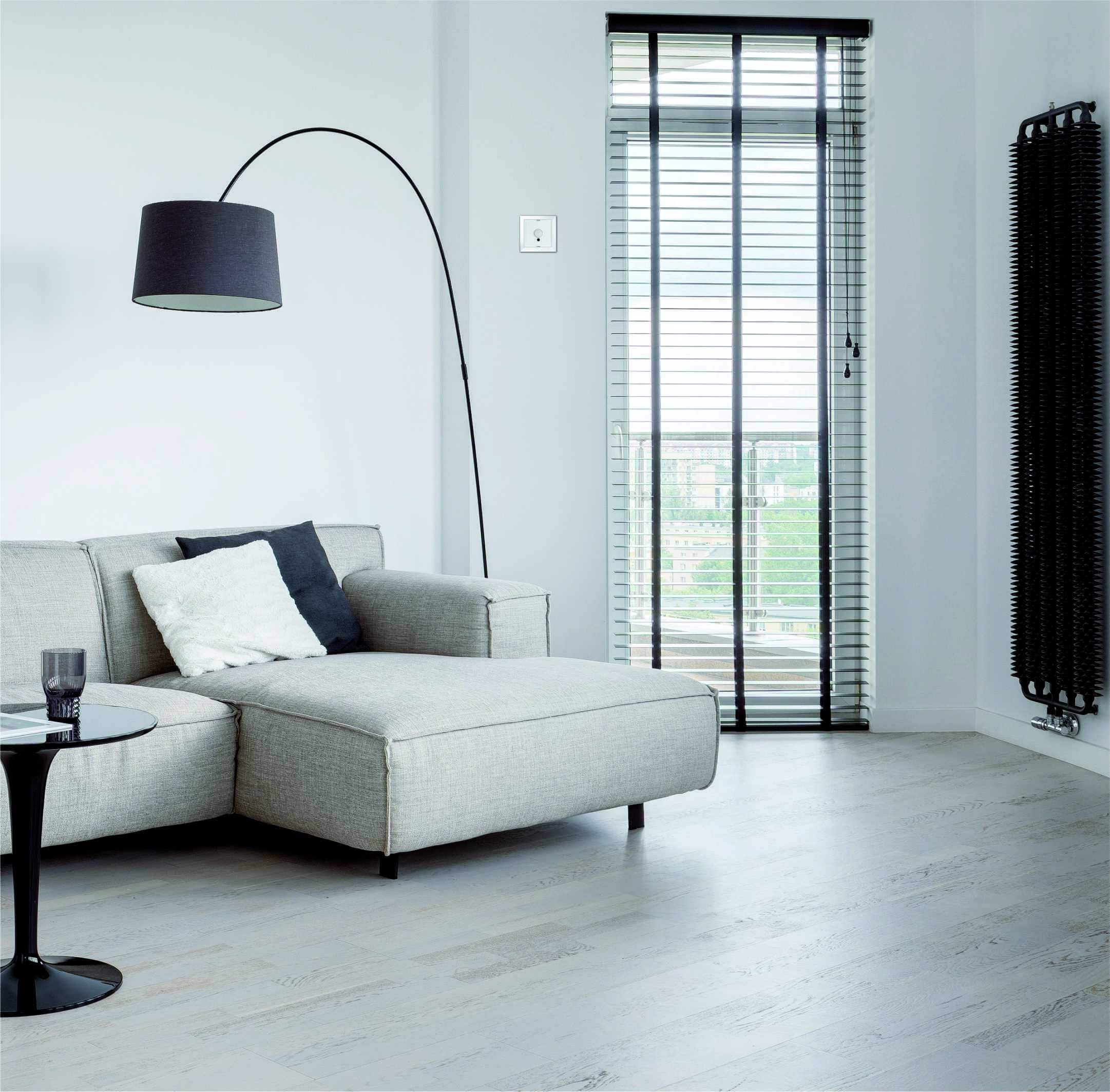Good air in private and public buildings
LCN protects your health
We are living in frightening times: the whole world is being forced to its knees by coronavirus. It is difficult to maintain operations in schools, offices and other rooms. An important factor here is the monitoring of air quality.
This is where a high-end bus system like LCN can and must help. The specially developed products monitor the air quality and call for ventilation in several steps. Installation of the LCN air quality set is very simple and requires no experience with bus systems. Installers who are already familiar with LCN can do much more with the LCN-GSA4: not only can they operate the ventilation and air conditioning fully automatically, they can also record diagrams in the visualisation (LCN-GVS), send push messages and much more.

Importance of air quality
The ventilation situation in schools and businesses requires special attention. Regular ventilation is essential due to the carbon dioxide exhaled by people. In addition, regular ventilation promotes hygiene and overall air quality, as the number of pathogens in the indoor air increases in closed rooms – viruses spread in the form of aerosols. Maximising the supply of fresh air is therefore one of the most effective methods of removing aerosols potentially containing viruses from indoor spaces. Last but not least, proper ventilation is crucial for cognitive performance. High air quality is important for everyone, especially schoolchildren and people with high demands on concentration and accuracy in their jobs.
CO2 concentration as a guide value for indoor air quality
The CO2 concentration in rooms is often the key value for assessing air quality. The concentration is measured in ppm = parts per million, i.e. 1/1000 per cent. Unpolluted outdoor air contains around 400 ppm CO2 – 100 years ago it was 300 ppm. The proportion of CO2 in the air is naturally higher indoors. Concentrations up to 1000 ppm are not critical according to the Federal Environment Agency. In the range between 1000 ppm and 2000 ppm (i.e. 1 – 2 per mille), sensitive people already feel effects such as slight headaches. Above 3000ppm, the complaints also reach the average citizen.

More than just CO2
As the name suggests, a CO2 sensor only measures the CO2 content of the air. In fact, there are many other pollutants in the air, for example smoke, hydrocarbons, etc. The list is long. The list is long. As these substances are not recorded in a pure CO2 measurement, the Federal Environment Agency has introduced a new measure of air quality: IAQ (Indoor Air Quality). Its value ranges from 1 = very good to 4 = poor to 5 = questionable.
The new LCN-GSA4 measures precisely this IAQ value. A tiny little sensor is located at the bottom right under the glass in the airflow that goes around the button. It catalytically “burns” hydrocarbons and other pollutants and thus measures their content. As the division into the numbers 1 to 5 is too coarse, the LCN air quality sensor provides values from 0 to 500. This makes it easier to analyse limit values. Each LCN module offers 16 threshold value queries, each of which sends a command when the respective threshold is exceeded or undershot. This provides extensive options for analysing, warning, alerting, controlling and regulating ventilation systems.
Each LCN module can process 12 measured values simultaneously. In a further measured value variable, the LCN-GSA4 therefore provides a CO2 value that an AI software in the sensor estimates from the IAQ value. This value can simply be further processed in your own module and/or easily transferred to another LCN module.
Also available as a set
Not every installer has LCN experience. In the current situation, however, the aim is to quickly install solutions for offices and classrooms. There is hardly any time left for training. This is why the LCN-GSA4 is also available as a set under the name LCN air quality. Die Box enthält nicht nur den Sensor selbst, sondern auch das vorparametrierte LCN-UPS Steuermodul. All the installer needs now is a deep 68 mm flush-mounted box and 230 V mains voltage. The result is a precise air quality sensor with many innovative warning options.












